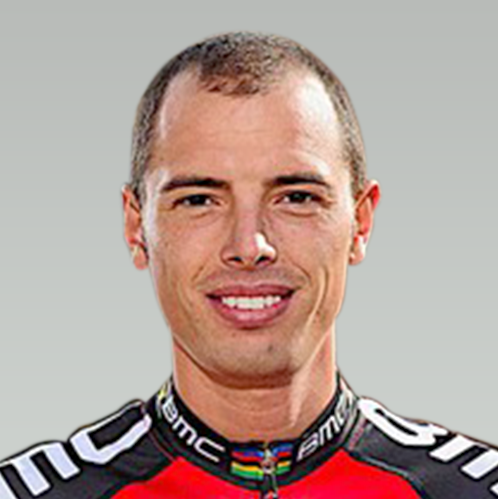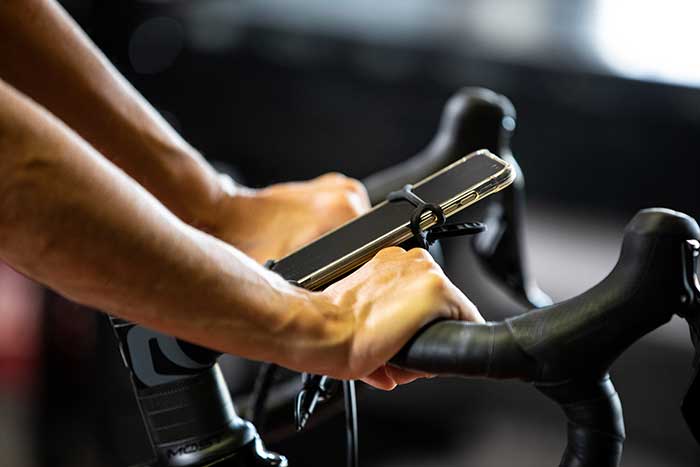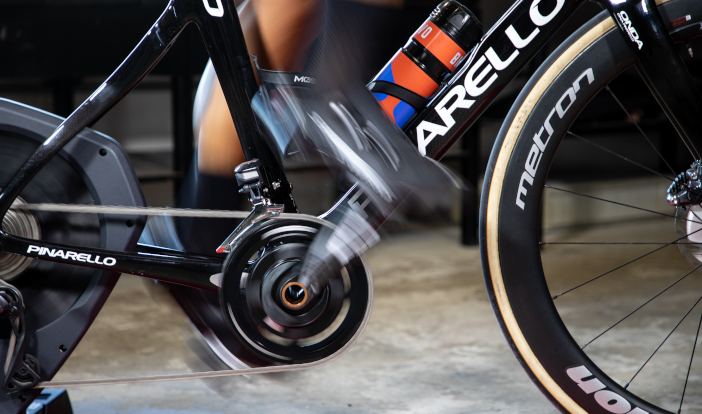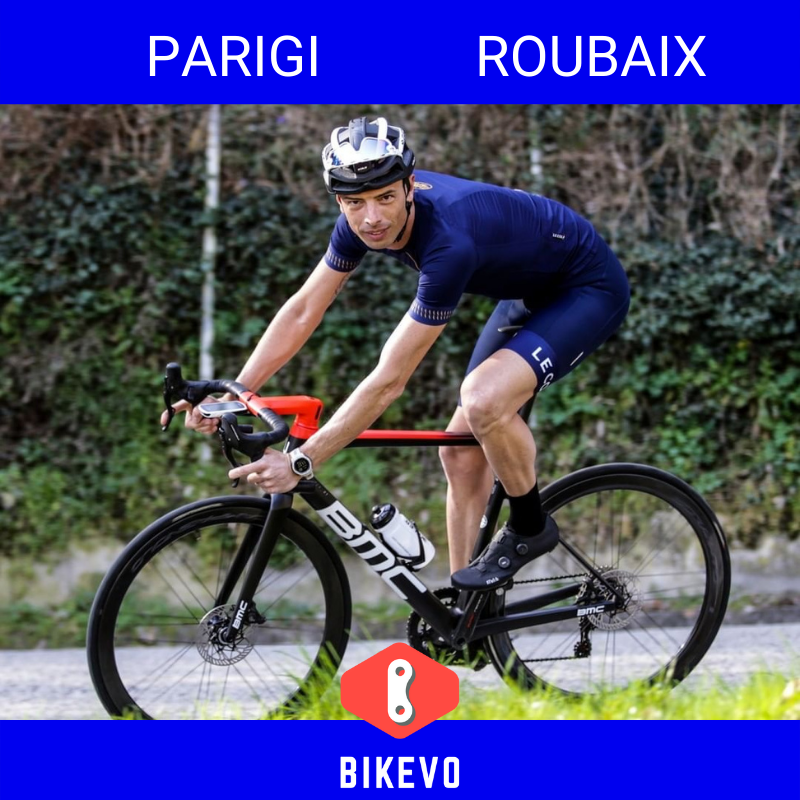As told by Alessandro Ballan: “Everything you need to know about this classic, its cobblestones and what it meant for my career.”
Pavé and its mythological allure
Cobblestones have helped create many memorable moments in the history of cycling. They are the true protagonists of the classic races of the North; a terrain little loved by those who race, but adored by the passionate fans of the Northern European races taking place in the spring. For the public it is on such terrain that the cyclist-hero, an iconic figure in cycling’s history, is established.
The great classics on pavé
There are three classic races that take place on this kind of roads: Gent-Welvegem, the Tour of Flanders and Paris-Roubaix. Last week we talked about the Tour of Flanders, this time it’s the turn of Roubaix. Winning Roubaix means entering the Olympus of cycling. I have strived for this victory several times during my career, getting damned close as well. I still have a score to settle with this race and without hesitation, would change three times bronze, even if prestigious, for one time gold.
Technical issues: why is it so difficult to race on cobblestones?
For a professional athlete, the difficulty does not lie in the unevenness of the surface. The problem is that cobblestones are usually associated with bad weather and rain. The presence of mud or rain can be a real problem because wet cobblestones are like ice. All this becomes even more problematic when there are breakaways or moments in which the race is at its most frantic.
This is how you ride!
Dexterity will undoubtedly get you far, but some practical shrewdness can also help. Mount the largest possible tires consistent with the characteristics of your frame. 25 mm tires should fit all types of frames. If you are lucky you can even use wider tires. Do not overinflate your tires but leave them a little bit deflated. This way you will bounce less on the cobblestones and you will have more traction. If you chose a race such as Paris-Roubaix leave your carbon wheels at home. It is better to use aluminum wheels. Be aware that the vibrations will be intense. You will feel them in your arms and the muscles of your neck and back. You can buy special shock absorbing handlebar tape which is to be applied under your normal handlebar tape. When riding, try to choose the smartest path: cycle in the middle of the roadway, with high cadence, and avoid overtaking when you are in the middle of a group as this can be very risky. In this case, choose a lateral path.
My Paris Roubaix
This is a race that, regretfully, I did not understand right away. It took a couple of years to figure out that I was suited for these kinds of races. The first year I withdrew from the race because my hands hurt so much. I had gripped the handlebars tightly while cycling on cobblestones, instead of relaxing my hands to help absorb the vibrations. In the first three years, I was part of five or six crashes, some of which took me out of the race immediately. In 2006 I arrived third for the first time, during the famous edition in which I was blocked at a rail crossing together with Bonen and other riders, 10 km from the arrival. I returned to the race, wanting to win and raced pretty well but without success. I arrived third again in 2008 and 2012, just to complete the curse of the bronze medal. This is a race that requires a lot of experience. Riders should be very familiar with riding on pavé. It would have meant the world to me to arrive first in all three classics: Flanders, Roubaix and the World Championships. It is something I still regret.
The advice of “Ballero” that I will always remember
Before every Roubaix, I would call Franco Ballerini, at that time the Technical Officer of the Italian national men’s road cycling team who sadly passed away prematurely in 2010. He had won this race several times and I would always ask him for some advice. One piece of advice he gave me, that has stuck with me, is that I should try for a breakaway when coming out of the Forest of Arenberg because it is there that the race is decided. The Forest of Arenberg is a stretch of cobblestones famous for being one of the most difficult parts of the race, if not the most difficult. He would tell me “Ale, just pretend that at the end of the Forest of Arenberg you are nearing the finish line and you need to give it everything you have. And then from there, another race starts, but you need to start ahead of everyone else.” I have always taken this suggestion to heart and I would give you the same advice. The track of 1,5 km in the Forest of Arenberg is very hard and difficult. This Sunday, you will see that exactly there somebody will launch an attack, I am certain of it.

Alessandro Ballan
You might also be interested in


